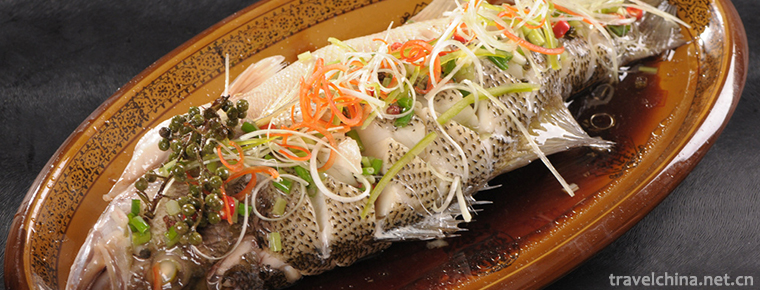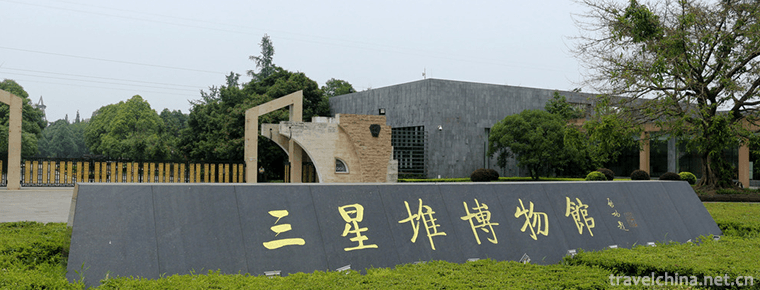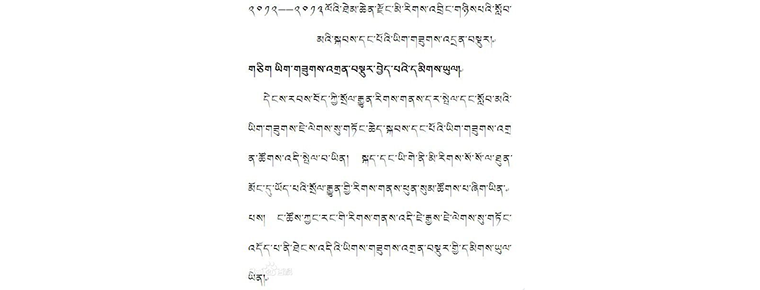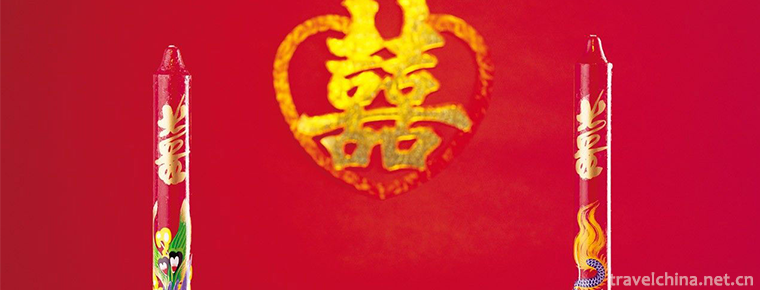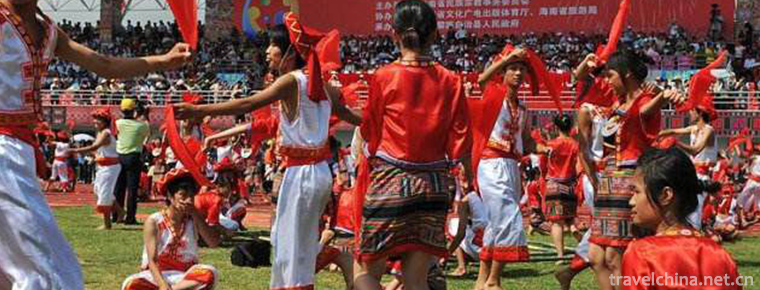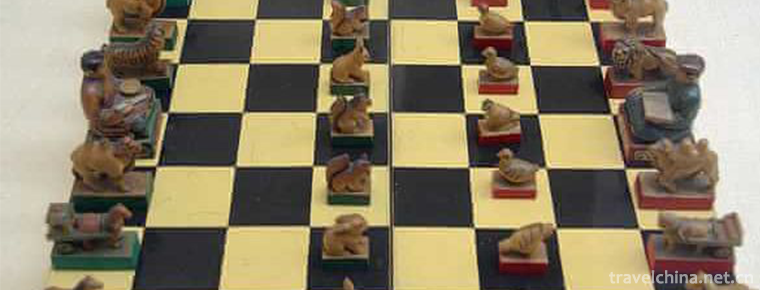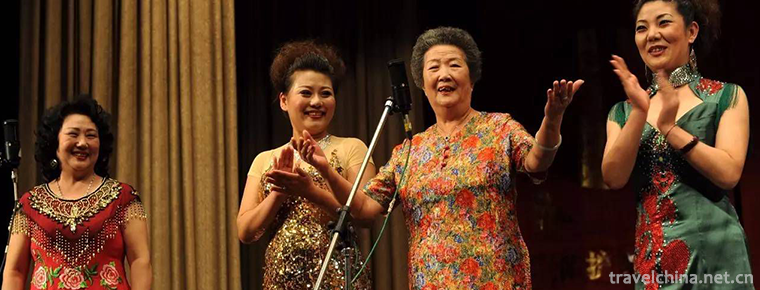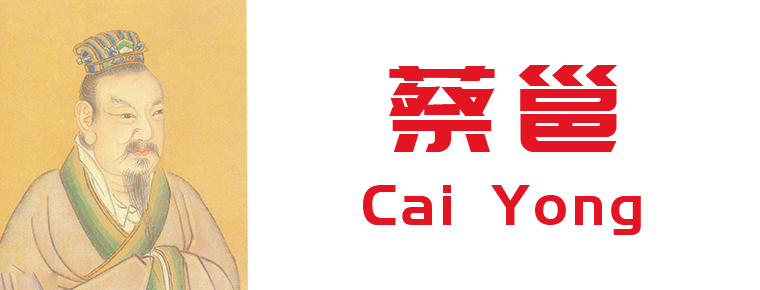Production Techniques of Bark Cloth of Li Nationality
Production Techniques of Bark Cloth of Li Nationality
Li bark cloth production skills, Hainan Baoting Li Miao Autonomous County traditional handicraft, one of the national intangible cultural heritage.
Li bark cloth production technology is based on the bark of plants as raw materials, after beating technology to produce cloth technology.
In 2005, the "Bark Cloth Making Techniques of Li Nationality" was published by the Hainan Provincial Government as the first batch of intangible cultural heritage protection lists in Hainan Province. On May 20, 2006, the craftsmanship was approved by the State Council to be included in the first batch of national intangible cultural heritage protection lists, numbered_-84.
historical origin
The history of making bark cloth of Li nationality is very long. According to ancient books, bark cloth appeared in Hainan Island at least 3000 years ago. According to Peizhou's Book of Eastern View of the Han Dynasty, there were records of crowns made of bark cloth in the Han Dynasty. At that time, the frontier minorities also made clothes and bedding with bark cloth. In ancient literature, the so-called crown and grain cloth clothes are clothing products made of bark. Because the bark cloth itself is easy to rot, it is difficult to retain as historical evidence for a long time. Only one of the tools for making bark cloth, stone pats, has been left behind.
Zhang Qingchang (1752-1755), Zhixian County, Dingan County, Qiongzhou, Qing Dynasty, wrote in Li Qi Jiwen: "When born in the middle of winter, take the bark and beat it soft to cover the body. At night, it is replaced by quilt." The name of the tree is Gabupi, which is also produced by Li. In addition, bark cloth is collected in Baisha, Changjiang, Lingshui, Baoting and other county museums today.
Around the Ming Dynasty, bark cloth was no longer used in the coastal areas of Hainan, and it was used in the central areas of Hainan after the Qing Dynasty.
Process characteristics
After the Li ancestors of Hainan Island mastered the cotton textile technology, bark cloth did not completely give way to hemp and cotton products, and some people still made linen, clothes, belts and other daily necessities with bark. This is mainly because the bark is rich in raw materials and easy to collect. The Li people are quite skilled in their skills, and the products are very durable. People use processed bark cloth to tailor hats, pillows, quilts, coats, skirts, pockets and other daily necessities. Although this technique is divided into several processes, it does not use many tools, of which hammering tools are the most important. Stone pat is a tool for making bark cloth, and also a symbol of bark cloth culture.
Technological process
Wang Cui'e, an associate researcher of the Hainan Museum, and others made a field survey of the bark cloth making skills of the Li nationality in Hainan. The results showed that only a few people of the Li nationality knew how to make bark cloth. This was the work of men, and women generally seldom participated in it. The time of bark stripping is mostly in summer and autumn. Because of more rain and humid weather, the bark is easy to strip. In winter and spring, the climate is dry, gum is too dry, bark is difficult to peel. There are many kinds of tree species used to process bark cloth in Li nationality area, such as thick bark tree, yellow chrysanthemum tree, curare tree and Broussonetia tree, among which Broussonetia is a common wild fibrous plant in Hainan. Gushu was called Gushu in ancient times, also known as "Gushu" or "Gushu" or "Gushu" or "Gushu". It is called "Saiwen" in Chushuli dialect. The tree is a tree with dark gray bark, smooth and milky, long stem bark fiber, white, and is a good raw material for papermaking. Hainan is widely distributed, almost all over the island. In Li Shizhen's Compendium of Materia Medica, there is a record that "the foliage is a lime, and its skin can be regarded as an old one". In ancient times, the Li people used the bark of the tussah tree to hammer cloth to make clothes. There are two common methods of making bark cloth, which are represented by the production methods of Changjiang Li Autonomous County and Baishali Autonomous County. The bark cloth making process in Baoting Li and Miao Autonomous County, which is listed as the first batch of national intangible cultural heritage protection list, is roughly the same as that in Baishali Autonomous County.
The raw material for making bark cloth in Daoshun Village, Yuanmen Town, Baishali Autonomous County is the structure tree. The production process of bark cloth includes picking bark, trimming, soaking degumming, rinsing, drying, patting into sheets, etc. Then the processed bark cloth is used to tailor and sew hats, pillows, quilts, coats, skirts, pockets and other daily necessities. Although this technique is divided into several processes, but the tools used are not many, mainly hook knives (machetes), mallets, sticks and so on, of which hammering tools are the most important. Its production process is roughly as follows:
Material selection and stripping. Before selecting trees on the mountain, first measure the size of the object with hemp thread, then select the trees needed in the forest, roughly compare the size of hemp thread, then use hook knife to draw a circle on each section of the trunk. Before stripping the bark, beat the trunk with a stick. After a little loosening, a knife can be scratched vertically with a hook knife to warp the bark from the seam of the vertical knife. If difficult to peel, the bark should be wedged into the bark with a sharpened stick, and the peeled bark should be flaky.
Flatten and soak. The stripped bark is uneven. It should be flattened on the ground with stones or other objects. After about 10 minutes, the bark should be soaked in stream water to make the bark absorb water fully and degum.
Beat. Remove the soaked bark and put it on the stone, and beat it with mallet. It needs some strength, but it can't break the fibers. Repeatedly, the gum falls off and shows soft and clean fibers.
Air drying. Leave the moisture-containing bark fibers in a clean place to dry in about one day, and they will be ready for use as finished bark cloth.
Suture. When making bark cloth, the sheet-like bark fibers are cut according to the size, and then sewed with bamboo needles and hemp thread.
Inheritance and protection
Inheritance value
Bark cloth has an irreplaceable special position in the history of Anthropology and culture, because only bark cloth can prove the development process of human clothing from non-woven to non-woven. Making clothes from bark cloth is a great contribution of the Li people to human society.
Inheritance status
In the past half century, with the development of society and the change of people's life style, bark cloth and stone photographs on Hainan Island have disappeared from life and entered museums. More regrettably, for various reasons, many people in China, especially teenagers, did not even know that the Li people of Hainan, a major invention with worldwide influence, had invented it. In the Li nationality area, the younger generation has no idea what bark cloth is. Therefore, it is of great significance for the protection and excavation of bark cloth production techniques.
In the humble Cultural Hall of Qiongzhong Li and Miao Autonomous County, there is a bark quilt made of bark cloth collected in the early liberation period, covered with dust and moth spots. Due to the lack of funds for the protection of cultural relics, it is impossible to build a decent exhibition room for cultural relics. If the protection is not good, the things made of bark will soon rot away, and the protection of bark quilt and bark coat is imminent .
Inheriting characters
Huang Yunying, male, born in September 1947, is the representative successor of the third batch of national intangible cultural heritage projects. He has declared in Baoting Li and Miao Autonomous County, Hainan Province. Declaration items: Li bark cloth production skills.
protective measures
In 2005, the "Bark Cloth Making Techniques of Li Nationality" was published by the Hainan Provincial Government as the first batch of intangible cultural heritage protection lists in Hainan Province. On May 20, 2006, the craftsmanship was approved by the State Council to be included in the first batch of national intangible cultural heritage protection lists, numbered_-84.
social influence
Important exhibition
On December 18, 2013, the Hainan Provincial Museum of Wuzhishan held a joint exhibition of fishskin and bark clothing. In order to let the audience understand the production process of bark clothing intuitively, the Hainan Provincial Museum of Nationalities also arranged inheritors to display bark clothing production technology outside the exhibition hall.
On July 15, 2014, the "Splendid Tiancheng - Li Bark Clothing Exhibition" was held in the Tibet Museum. 96 pieces of bark clothing sets with blood seal and throat made by Li bark cloth were displayed in the exhibition.
On November 20, 2014, the "Splendid Tiancheng-Li Bark Clothing Exhibition" was held at Yunnan National Museum. More than 90 pieces of national art treasures including bark clothes made from Li bark cloth and bark clothes made from Li bark cloth in Hainan were exhibited. Among the exhibits, precious bark clothes from different branches of Li nationality and production tools such as machetes, wooden sticks and wooden wedges were exhibited. In addition, the raw materials for bark garments are bloodseal throat trees, tree-structure trees and non-woven fabrics. They are also displayed in the form of pictures.

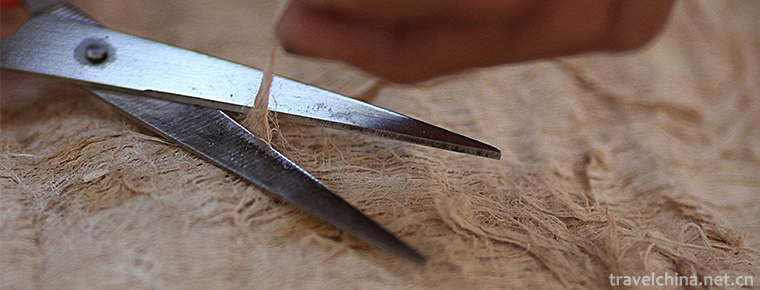
-
Steamed perch with scallion and black beans
Steamed bass cooking techniques are mainly steamed dishes, and their taste is salty and fresh. Steamed perch is one of the famous traditional dishes in Guangdong province.
Views: 177 Time 2018-11-02 -
Sanxingdui Museum
The Sanxingdui Museum was founded in August 1992 and opened in October 1997. It is located in the northeast corner of Sanxingdui Site, a national key cultural relic protection unit. .
Views: 423 Time 2018-12-18 -
Qingshui rock
National AAAA tourist attractions, built in the Northern Song Dynasty, were rebuilt in the Ming Dynasty. In the Northern Song Dynasty, the priest Puzu Zen Buddhist monk once practiced here.
Views: 184 Time 2019-02-07 -
Tibetan calligraphy
Tibetan calligraphy is an important part of Tibetan culture and art. In the seventh century AD, during the Zampson Zangganbu period of Tubo, minister Tunmi Sampuza absorbed the advantages of different.
Views: 148 Time 2019-04-05 -
Traditional Marriage Customs of the Han Nationality
The ancestors of the Han nationality believed that dusk was auspicious, so they would marry at dusk. Therefore, the etiquette of marriage was called "dusk rite", which later evolved.
Views: 196 Time 2019-05-02 -
Jingzhou Miao Geku
The Miao people's song (tgong) has been declared as the first batch of national folk intangible cultural heritage and one of the two "national treasures" of Huaihua City..
Views: 133 Time 2019-05-08 -
March 3rd Festival of Li Nationality
The third day of March (the third day of the third month of the third lunar month) is the grandest traditional folk festival of the Li people in Hainan Province. It is also a beautiful day for the you.
Views: 199 Time 2019-05-12 -
Shatar Mongolian chess
Mongolian chess is a popular folk sports game in Inner Mongolia. Generally speaking, there are two types of Mongolian chess, one is Shatar with 8 x 8 squares on the chessboard, the other is Hayashatar.
Views: 190 Time 2019-06-03 -
Tianjin Timing
Tianjin tune originated from Ming and Qing Xiaoqu. It was formed in the late Qing Dynasty and spread in the early Republic of China. It was sung in Tianjin dialect. The performance form of Tianjin Dia.
Views: 370 Time 2019-06-20 -
Cai Yong
Cai Yong (133 to 192 years), Zi Bo. Chen Liu Jun Xian county (now Henan Qixian County South) People. Eastern Han Dynasty Famous ministers, writers, calligraphers, talented women Cai Wenji Father..
Views: 149 Time 2019-09-14 -
Ruoergai grassland
Ruoergai grassland is like a magnificent emerald inlaid on the border of Northwest Sichuan, known as "oasis of Northwest Sichuan Plateau", and is one of the three wetlands in China..
Views: 214 Time 2020-11-07 -
cheongsam in the Republic of China
Since 1840, the western culture has been infiltrated into the local culture of the Qing Dynasty. Many coastal cities, especially Shanghai, have taken the lead in western culture because of the mixture of Chinese and foreign cultures, and their clothing has begun to undergo potential changes..
Views: 119 Time 2020-12-11
